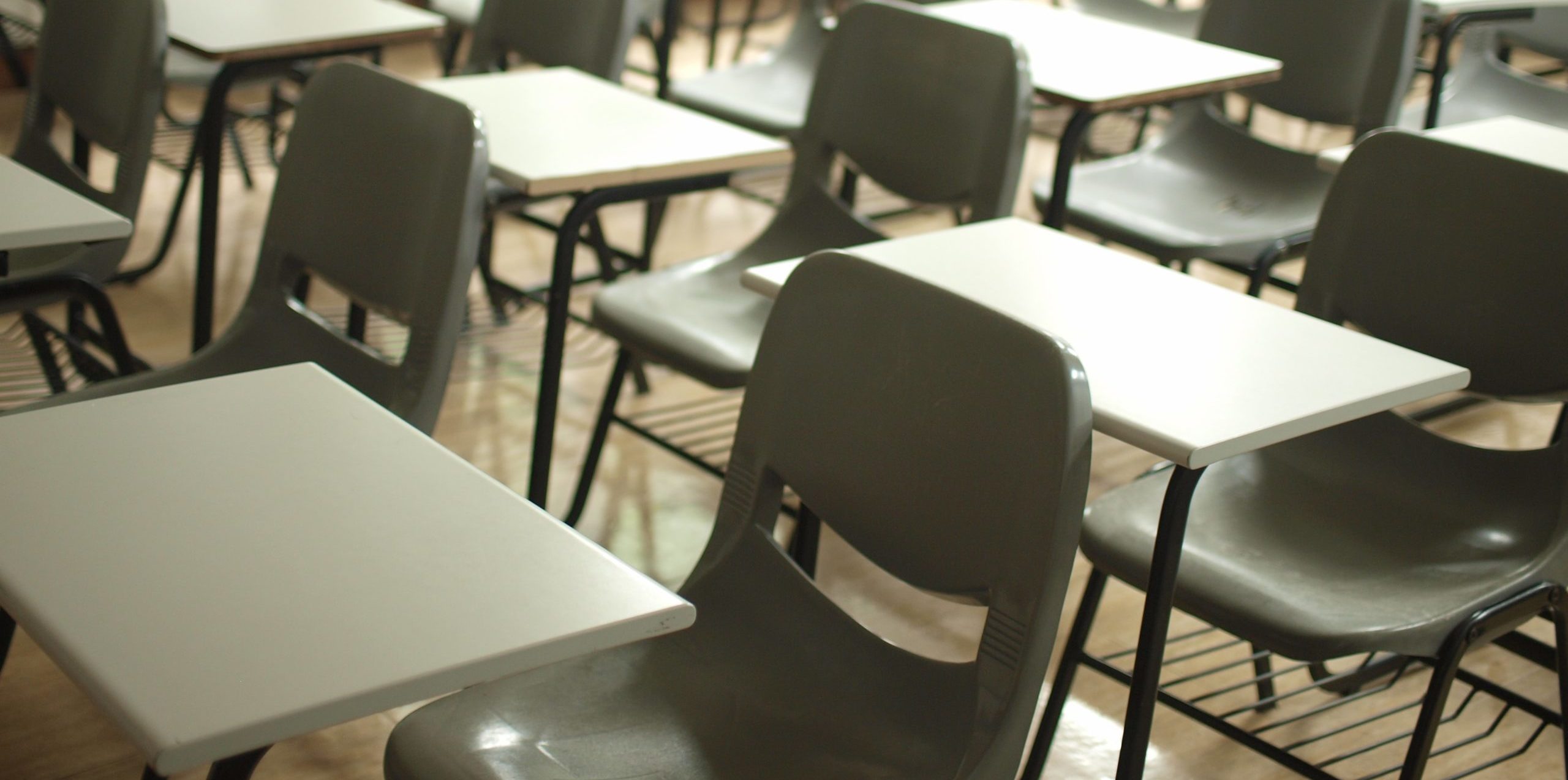
As Students Return to In-Person Learning, Supportive School Discipline Should be Prioritized
With school buildings across the country starting to reopen, administrators’ focus will be on preventing the spread of COVID-19 and making up for the lost instructional time. But promoting the social and emotional health of students and staff must share equal importance, as many students will return after massive disruptions to their family support systems, normal routines, and social lives. Students who have experienced trauma and stress during the pandemic are more likely to act out in class and show other potentially disruptive behaviors. When these behaviors occur, school leaders must prioritize positive and safe learning environments that keep kids in classrooms, instead of harsh discipline that further isolates them.
Many Students Will Return to School with Pandemic-Related Trauma
Amid uncertainty and fears about safety, the pandemic has been a traumatic event for many people. As a result, students and staff may return to the classroom with greater social and emotional needs. Additionally, many families have experienced unemployment, loss of stable housing, or food insecurity, all issues that can further compound risk of child abuse or neglect. These stressors have already taken a toll on young people. In fact, a study by the Centers for Disease and Control (CDC) found that children going to the emergency room for mental health-related visits increased by up to 31% in 2020 compared to the same time period in 2019.
Punitive Discipline Exacerbates Disparities and Has Long-Lasting Consequences
Many schools, however, are ill-equipped to effectively respond to students’ myriad behavioral health needs. Instead, they have historically turned to harsh disciplinary practices like out-of-school suspensions (OSS), despite research showing that suspended students—disproportionately Black and Latino—are more likely to fall behind academically, drop out of school, and interact with the juvenile justice system. Studies have also found that students who self-identify as LGBTQ, particularly youth of color, are more likely to experience harsh disciplinary treatment. LGBTQ youth report feeling isolated and unwelcome in the classroom, often leading them to drop out of school.
- Black youth are overrepresented in OSS, accounting for approximately 15 percent of youth enrolled in public schools yet making up 41 percent of youth with one or more OSS in the 2015–16 school year.
- Thirteen percent of Black youth enrolled in K–12 public schools experienced at least one suspension in the 2015–16 school year, compared to 3 and 4 percent of White and Latino youth, respectively.
- In a nationwide survey of almost 8,000 middle and high school students conducted during the 2012-2013 school year, almost 40 percent of youth who self-identify as LGBTQ reported receiving some form of school discipline (detention, suspension and/or expulsion). LGBTQ youth of color reported even higher rates of school discipline than those of their white counterparts.
And while it may seem hard to imagine, punitive disciplinary approaches continued even when schools turned to electronic or hybrid learning. In Brevard County, FL, 11 percent of discipline incidents were related to new pandemic-related policies, like wearing masks incorrectly or disrupting virtual classrooms. Children in Colorado and Louisiana faced harsh discipline after teachers saw toy and BB guns in their bedrooms on Zoom.
New Approaches to Supportive School Discipline During Pandemic Are Needed
The Council of State Governments (CSG) Justice Center’s 2014 School Discipline Consensus Report, which provides guidance to reduce disproportionality and improve disciplinary policies and practices, continues to be a valuable resource for school and district leaders. The following recommendations draw from the report and offer concrete actions to promote positive learning environments as students and staff return to classrooms:
- Make an analysis of disciplinary data a core expectation
Although many districts have recently improved their school discipline data collection, including compiling key information on race, ethnicity, gender identity, special education status, or sexual orientation, this data is often not used to inform policy changes in real-time. Just as academic data has become central to monitoring academic progress, school leaders should regularly examine discipline data to evaluate the effectiveness of school discipline policies and practices. In addition to analyzing suspension data, leaders should examine other related data, such as information on the use of school-based police (e.g., arrests on campus, calls for service, etc.), referrals to behavioral health providers, and school-related court referrals. See the Data Collection chapter in the Consensus Report for more discipline data indicators that education leaders and staff should track to inform strategic planning and guide decision-making.
- Ensure mechanisms are in place to respond to students’ behavioral health needs
Students returning to classrooms with pandemic-related stress and trauma will need increased access to counselors, school-based health centers, and social workers. School staff should receive comprehensive training, including how to identify signs that a student should be referred to support services, and regular mechanisms should be in place to connect with the student and their family. To broaden available resources, schools can partner with local behavioral health providers, while first ensuring appropriate information-sharing agreements are in place to protect student privacy. The Targeted Behavioral Interventions chapter of the Consensus Report provides detailed recommendations for effectively responding to students’ behavioral health and related needs to help them succeed at school and minimize involvement with the discipline system.
- Examine new ways to promote a positive school climate
- Ensure robust virtual education services for suspended students
The loss of instructional time associated with student suspensions can have long-lasting impacts. Even just a few days out of the classroom can put students behind academically, interrupt school-provided services, and disconnect them from teachers and peers. Suspensions should always be a last resort for educators, not a default. And now that many school districts have expanded their virtual learning infrastructure, no child should be cut off from learning opportunities. The Conditions for Learning chapter of the Consensus Report discusses measures schools can take to minimize any lost instructional time and help students who are removed from class keep up with their assignments.
Sign up for the CSG Justice Center’s newsletter to learn more about our school discipline and juvenile justice work.
Photo credit: MChe Lee via Unsplash
ABOUT THE AUTHORS


 New Hampshire Continues Justice Reinvestment Effort to Improve Conditions for People Who Are High Utilizers of Criminal Justice and Behavioral Health Systems
Read More
New Hampshire Continues Justice Reinvestment Effort to Improve Conditions for People Who Are High Utilizers of Criminal Justice and Behavioral Health Systems
Read More
 New Hampshire Commission Reviews Final Policy Recommendations to Reduce Reliance on Incarceration as Part of Justice Reinvestment Initiative
Read More
New Hampshire Commission Reviews Final Policy Recommendations to Reduce Reliance on Incarceration as Part of Justice Reinvestment Initiative
Read More
 Three Things to Know About New Jersey’s Groundbreaking Community Response Legislation
Three Things to Know About New Jersey’s Groundbreaking Community Response Legislation
In response to growing calls for police reform in New Jersey, particularly…
Read More












